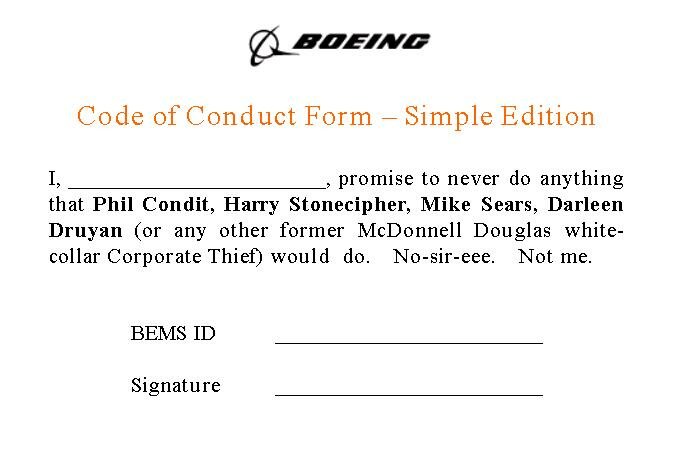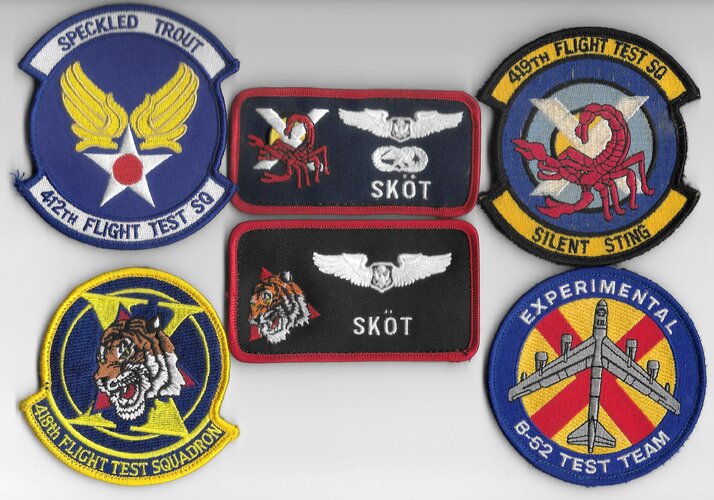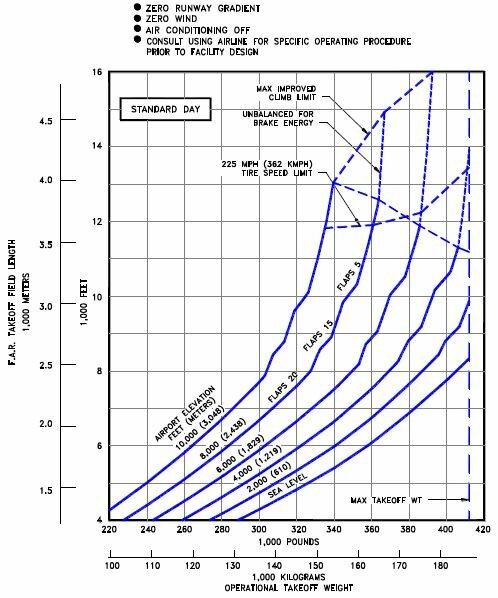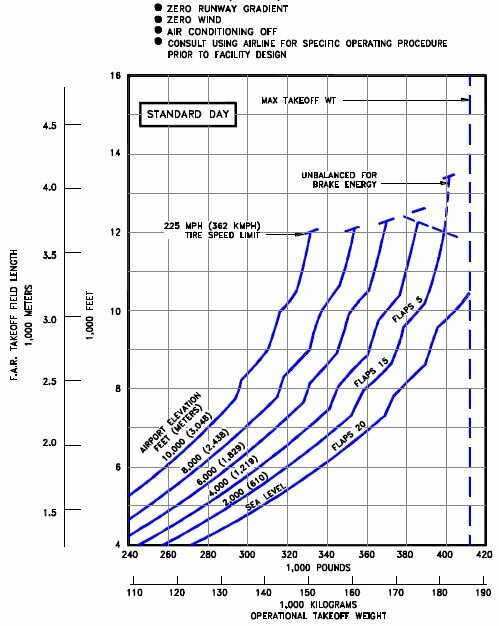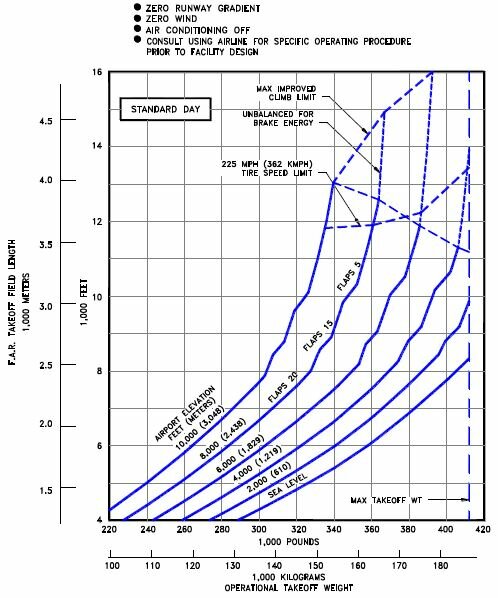@TomcatViP you're pretty much spot on. Not to be a broken record, but before the final down select I did get my hands on both B767-200/300 and A330 POH's and did do the fuel numbers, which came out just as you speculated. Those results were posted on Key, but appear to be lost to the ether.
Requirements, mission profile, when the KC-135 routinely isn't using all of it's full offload potential it's a pretty tough sell to go bigger and burn more gas for something that already isn't used. Yes, I used to fly -135's, that's based of off talk amongst the crew dogs. The only existing medium sized jet in production is the 767, it's the closest thing in size and capability to what the USAF has built it's operations around. It isn't so much that the A330 is bad, it's a pretty good choice if you only have to pick one airframe that does it all as witnessed by Oz, UK, NATO and all the others. It's just not a good fit when it's pitched as a KC-135 replacement, and it's not a very good KC-10 replacement which puts it in a bad spot for USAF.
Again,
KC-135 136' x 131' 322,500 lbs. 200,000 lbs. of fuel
KC-46 159' x 156' 415,000 lbs. 212,300 lbs. of fuel
A330 MRTT 193' x 198' 514,000 lbs. 245,000 lbs. of fuel
A330 LMXT 193' x 198' 533,500 lbs. 271,700 lbs. of fuel
KC-10 181' x 165' 590,000 lbs. 356,000 lbs. of fuel
777F 209' x 212' 768,800 lbs. 320,863 lbs. of fuel (OEW: 318,300 lbs. , 129,637 lbs. of capacity left to use.)
The numbers illustrate things pretty well.
Here's the sad thing,10 days ago was my 20th anniversary of my first day of active duty. Before that, when I was a cadet, I had a conversation with a Lt Col in the Pentagon who told us about how Boeing came to them after 9/11 and offered a great deal on all of the green 767's airlines had backed out of, paid deposits and cancelation fees, and that they would use all of the NRE Japan spent to develop their tankers and sell those converted green jets to us for less than the list price... Of course we know what happened from history, but what could have been if it weren't for...
Edit:
Left out the B-52 dimensions, why? Well a whole lot of places that have -135's shared the ramp at some point with B-52's so things like refueling pits are sized for the BUFF which isn't an issue for the smaller -135, but would cost a lot of money for something bigger than a BUFF.
B-52 159' x 185'
Requirements, mission profile, when the KC-135 routinely isn't using all of it's full offload potential it's a pretty tough sell to go bigger and burn more gas for something that already isn't used. Yes, I used to fly -135's, that's based of off talk amongst the crew dogs. The only existing medium sized jet in production is the 767, it's the closest thing in size and capability to what the USAF has built it's operations around. It isn't so much that the A330 is bad, it's a pretty good choice if you only have to pick one airframe that does it all as witnessed by Oz, UK, NATO and all the others. It's just not a good fit when it's pitched as a KC-135 replacement, and it's not a very good KC-10 replacement which puts it in a bad spot for USAF.
Again,
KC-135 136' x 131' 322,500 lbs. 200,000 lbs. of fuel
KC-46 159' x 156' 415,000 lbs. 212,300 lbs. of fuel
A330 MRTT 193' x 198' 514,000 lbs. 245,000 lbs. of fuel
A330 LMXT 193' x 198' 533,500 lbs. 271,700 lbs. of fuel
KC-10 181' x 165' 590,000 lbs. 356,000 lbs. of fuel
777F 209' x 212' 768,800 lbs. 320,863 lbs. of fuel (OEW: 318,300 lbs. , 129,637 lbs. of capacity left to use.)
The numbers illustrate things pretty well.
Here's the sad thing,10 days ago was my 20th anniversary of my first day of active duty. Before that, when I was a cadet, I had a conversation with a Lt Col in the Pentagon who told us about how Boeing came to them after 9/11 and offered a great deal on all of the green 767's airlines had backed out of, paid deposits and cancelation fees, and that they would use all of the NRE Japan spent to develop their tankers and sell those converted green jets to us for less than the list price... Of course we know what happened from history, but what could have been if it weren't for...
Edit:
Left out the B-52 dimensions, why? Well a whole lot of places that have -135's shared the ramp at some point with B-52's so things like refueling pits are sized for the BUFF which isn't an issue for the smaller -135, but would cost a lot of money for something bigger than a BUFF.
B-52 159' x 185'
Last edited:

